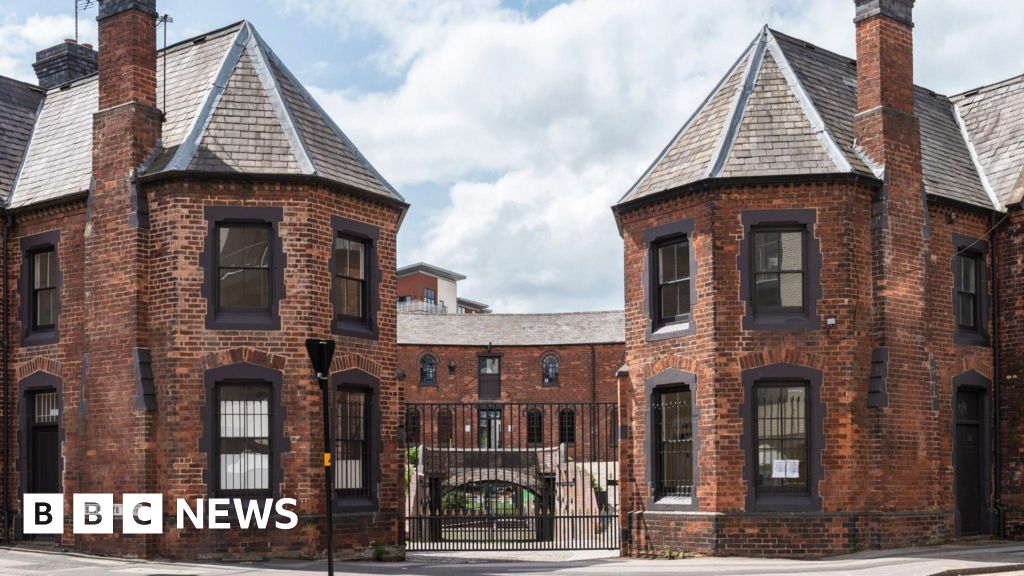ARTICLE AD BOX
 Image source, Getty Images
Image source, Getty Images
Energy bills could fall further than previously forecast later this year, easing pressure on struggling households, new projections suggest.
Less generous government help means a typical household gas and electricity bill is expected to rise from £2,500 a year to £3,000 a year in April.
But falling wholesale gas prices mean annual bills could fall below this from July, says finance firm Investec.
It predicts customers will be paying £2,478 a year from that point.
It's a marked reduction from recent forecasts by energy consultancy Cornwall Insight, which suggested that bills would settle at about £2,800 a year in the summer.
Investec said warmer weather and higher gas storage levels had helped bring down gas prices in recent months.
Investec analyst Martin Young wrote that this will feed through to the government's price cap, which sets a maximum limit that suppliers can charge households per unit of energy.
Mr Young expects this to fall to £2,478 in July and then £2,546 in October.
If either prediction proves to be correct, then the bill paid by 26 million households would again be governed by regulator Ofgem's price cap, rather than the government's energy price guarantee, which was originally introduced in October in a bid to protect bill-payers from soaring costs.
That would ultimately mean a lower-than-expected cost to the government, and ultimately taxpayers.
But even if the weather stays relatively mild over January and February, household bills wold still be much higher than they were before the pandemic.
They are unlikely to fall back to that level for many years, after prices spiked following Russia's invasion of Ukraine and as industry recovered from coronavirus-related lockdowns.
Most households in the UK are on a variable or default gas and electricity tariff. The price per unit of energy is capped in England, Wales and Scotland at what is considered an appropriate level by the energy regulator Ofgem. The cap is set every three months.
Huge costs faced by suppliers meant that would have left a household using a typical amount of gas and electricity paying £4,279 a year from the start of January.
So, the government stepped in to cover some of that cost for people across the UK. Its Energy Price Guarantee means the typical household pays £2,500 a year now, rising to £3,000 a year in April.
That is still a massive hike on the bills people had been accustomed to. In the winter of 2021-22, the typical annual bill was £1,277.
The government has also introduced extra cost-of-living payments to help less well-off households with soaring prices.
Although bills are extremely high, the wholesale prices paid by suppliers - in advance of selling it on to consumers - have been tumbling.
If these lower wholesale prices hold, then customers could see the benefit later in the year, both Investec and Cornwall Insight predict.
However, this is far from certain as global tensions could quickly push prices up again.

 2 years ago
40
2 years ago
40








 English (US) ·
English (US) ·